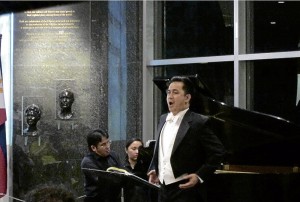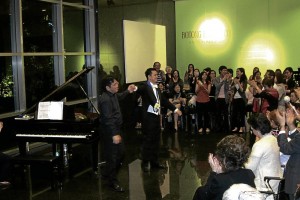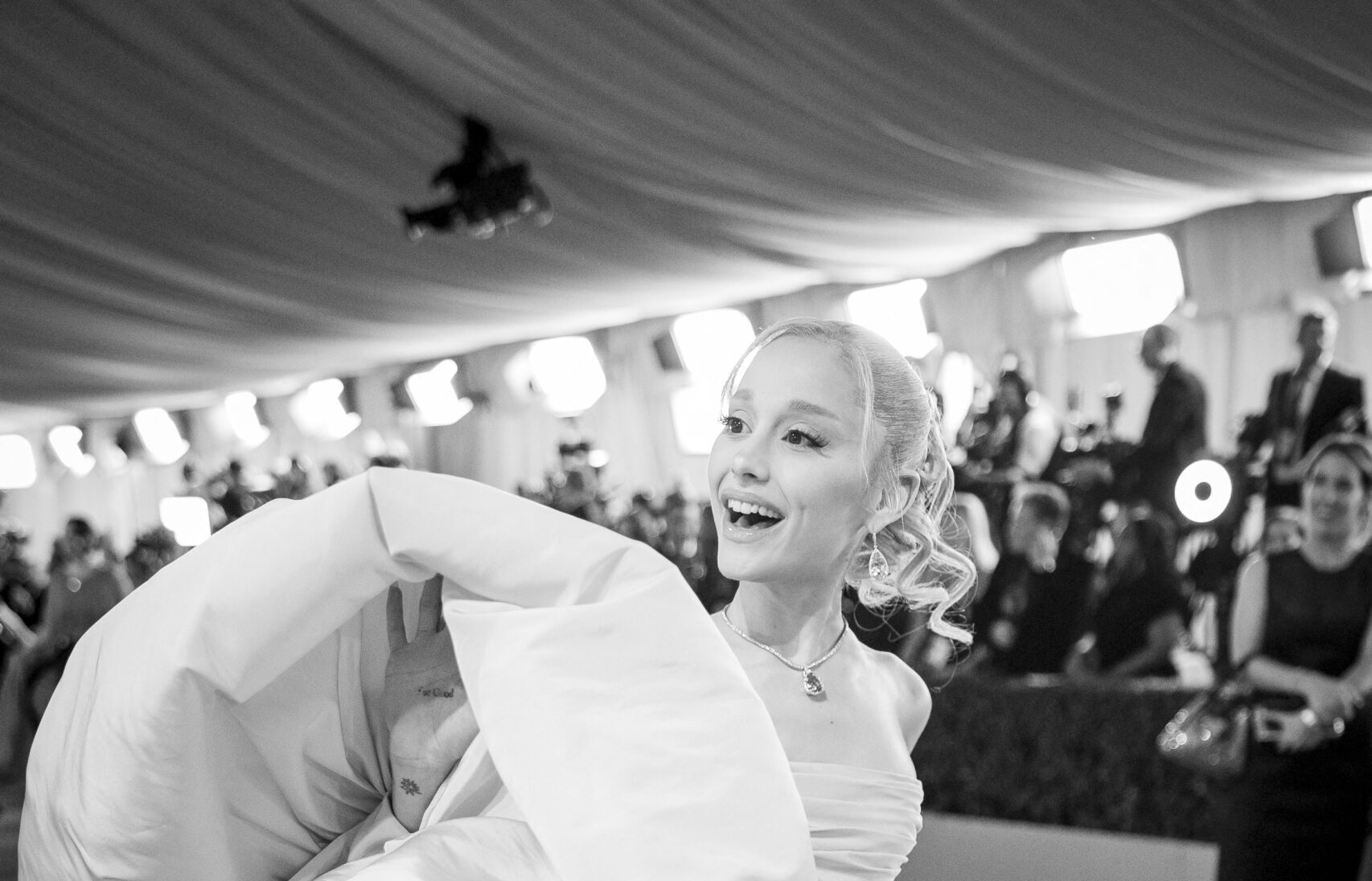
The opening concert of the MCO Chamber Music Festival featuring tenor Arthur Espiritu and pianist Najib Ismail last week in Ayala Museum had many things going for it.
It is an immensely challenging program with no guest artist, starting with a Handel “Jupiter” aria from “Semele”; art songs of Schumann; Franz Liszt’s “Trei Sonetti del Petrarca”; and Lucio San Pedro’s “Isang Patak na Hamog” and “Sa Ugoy ng Duyan.”
From the very beginning, Espiritu showed he was singing from a rarefied level, in the world of poetry and music, between text and tone, and making sure the two were deeply intertwined.
Proceeding to the eight pieces from Schumann’s Liederkreis, Op. 24, to Liszt’s “Trei Sonetti del Petrarca,” Espiritu gave every song a life of its own, making sure he was attuned not just to the text but to the music as well.
Art song specialist Mary Ann Malloy points out that an art song strives to be the perfect combination of music and literature, based on four elements: poet, composer, singer and accompanist.
In a well-realized art song, the composer creates a duet between the accompanist and vocalist. That is, the art song paints for us a picture of what the poet might have envisioned.
Good collaboration
And how vividly Espiritu painted them through a well-thought-out collaboration with Ismail!
It helped that the MCO presentation had subtitles containing the English translation of the German and Italian text. As it was, the tenor showed what kind of voice was good for Handel and he could use it to evoke varied poetic moods of Schumann, and that same voice could turn dramatic as it did in Liszt.
From the way Espiritu and Ismail collaborated on “Isang Patak na Hamog” and “Sa Ugoy ng Duyan,” it was as though they were new pieces being explored for the first time.
Ending with French arias from Gluck’s “Orfeo e Euridice,” Gounod’s “Mireille” and Delibes’ “Lakme,” Espiritu’s vocal power changed hues, and here he succeeded in making a beautiful connection and differences between art songs and operatic arias.
The recital program had excellent taste while showcasing superior degree of vocal power and exhibiting the highest degree of artistic collaboration between pianist and singer.
On the whole, the intimate concert clearly gave us the magical relationship between the four elements of a song recital. It is too early to say this, but into the second month of the year, I’d make this recital one of the worthy candidates for Vocal Event of the Year.

The few song recitals I enjoyed in Manila through the years were the ones of Evelyn Mandac with Lourdes de Leon Gregorio in the ’80s; and tenor John Aler with pianist Brian Ganz in the ’90s.
Espiritu is headed to Pavarotti’s hometown of Modena to sing his first Cassio in “Otello.” He invaded the Verdi orbit with successful debuts as Alfredo in “Traviata” and the Duke in “Rigoletto.”
Eminent tenors
Cavite-born Rodell Rosel earned rave reviews as Goro in the latest staging of “Madama Butterfly” by the LA Opera and is all set for “Tosca” in May with Placido Domingo on the podium.
Another overseas-based tenor, Noel Velasco, was in town for an outreach concert in Laoag City on Jan. 26 and at the UP Abelardo Hall on Jan 29. He capped his homecoming with a master class at the UST Conservatory on Jan. 30.
The first and last Filipino prizewinner of the Luciano Pavarotti International Voice Competition in the early ’80s, Velasco could be the first Filipino to sing at Covent Garden in London in its staging of “Der Rosenkavalier” with Jeffrey Tate.
Last heard at the CCP as Tamino in “Magic Flute” in 1982, mounted by the eminent Sarah Caldwell, and as Don José in “Carmen” in 1986 with Isola Jones in the title role, Velasco had relatively less exposure in Manila compared to the past regular homecoming concerts of Otoniel Gonzaga and Espiritu.
Now in his mid-60s, Velasco was 31 when he won the Pavarotti competition in Philadelphia in the early ’80s, the decade Boston Opera’s Caldwell mounted “Magic Flute” at CCP.
Reflecting on his career in his last engagement at UP’s 100th year, Velasco credited professor Aurelio Estanislao, who helped hone him before conquering foreign shores.
“I recall that during my second year of study with Prof. Estanislao, he once told me, ‘You know, I am not preparing you for a local career. I am preparing you for an international career.’ These words were really prophetic. I really thank him for that.”
Velasco didn’t just win the Pavarotti competition. He also took part in the Liederkranz Foundation Wagnerian Competition; New York Oratorio Solo Competitions; and Belvedere competition in Vienna, the same that led Espiritu to La Scala di Milan.
“The Pavarotti competition was a high-profile event and it helped get attention. The members of the jury in the Belvedere competition in Vienna really looked like the Who’s Who in the opera world, and that competition helped me connect with an agent who made my Paris Opera debut possible. That started my own opera ball rolling, so to speak,” said Velasco.








































